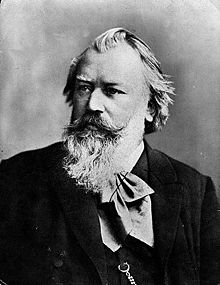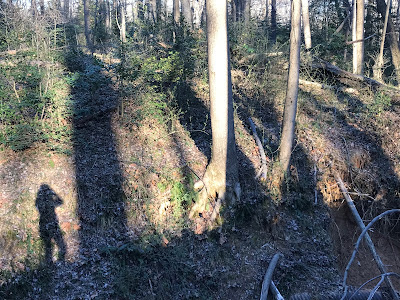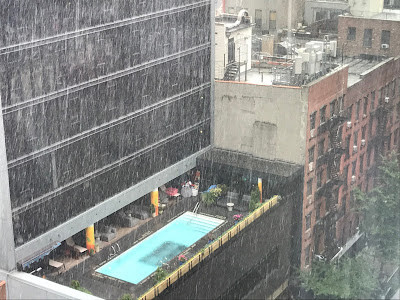I Brake For Goslings
It’s not just drivers who have to swerve, hit the brakes and, of course, stay on their side of the road. Walkers have similar obligations.
When I’m hoofing it on the W&OD — a bike/hike trail frequented by walkers and cyclists and yesterday, strangely, by a motorcycle going 60 miles an hour — the key is to avoid sudden changes of “lane.” There are signs that remind us of that fact: “Be alert and predictable,” they say.
Last week, on a Franklin Farm stroll, my goal was to stay clear of mother goose and her adorable goslings. Luckily, she let me get close enough for a photograph.










